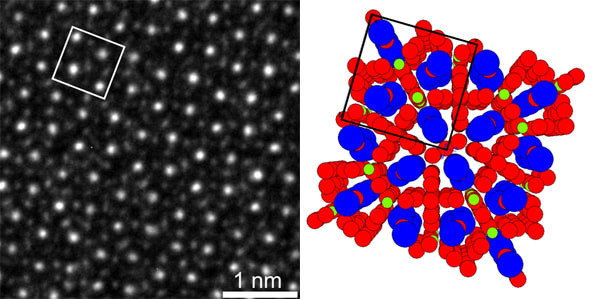|
Much of my writing may appear to be 'all over the place.' It is mostly orderly to me, as I see the progression through time and connect the dots of the larger picture. On the progression, my attention is drawn here and there, and sometimes even for me it is harder to follow. So I understand the reader who wonders. Now attention goes to magnetism, an immense and complex field. But as I go only where drawn by interest, it is personal and manageable rather than tedious research and study. Following this path of interest leads me to learn more about magnetism for health and healing and about such things as the scientific measurement called gauss. Gauss Unit 'The gauss, abbreviated as G or Gs, is the cgs unit of measurement of magnetic flux density (or "magnetic induction"). It is named after German mathematician and physicist Carl Friedrich Gauss. One gauss is defined as one maxwell per square centimeter. The cgs system has been superseded by the International System of Units (SI), which uses the tesla (symbol T) as the unit of magnetic flux density. One gauss equals 1×10-4 tesla (100 µT), so 1 tesla = 10,000 gauss.' - Gauss (unit) Why is this specificity of interest? Because I feel led to make a belt of NIB magnets as a next step in my communication with conscious electrons and wanted to know the needed strength of such magnets. Here is what I learned about the measurements of magnetic fields: Typical values Main article: Orders of magnitude (magnetic field) 10-9–10-8 gauss – the magnetic field of the human brain 10-6–10-3 gauss – the magnetic field of Galactic molecular clouds 0.25–0.60 gauss – the Earth's magnetic field at its surface 25 gauss – the Earth's magnetic field in its core 50 gauss – a typical refrigerator magnet 100 gauss – an iron magnet 1500 gauss - within a sun spot 10000 to 13000 gauss – remanence of a neodymium-iron-boron (NIB) magnet 16000 to 22000 gauss - saturation of high permeability iron alloys used in transformers 3000–70,000 gauss – a medical magnetic resonance imaging machine 1012–1013 gauss – the surface of a neutron star 4×1013 gauss – the quantum electrodynamic threshold 1015 gauss – the magnetic field of some newly created magnetars 1017 gauss – the upper limit to neutron star magnetism While searching about, I came across the term neodymium, not known before. I learned: Neodymium Magnet 'A neodymium magnet (also known as NdFeB, NIB or Neo magnet), the most widely used type of rare-earth magnet, is a permanent magnet made from an alloy of neodymium, iron and boron to form the Nd2Fe14B tetragonal crystalline structure.' - Wikipedia Remanence 'Remanence or remanent magnetization or residual magnetism is the magnetization left behind in a ferromagnetic material after an external magnetic field is removed. It is also the measure of that magnetization.' - Wikipedia It is quite interesting to learn about the tetragonal crystalline structure of the neodymium magnet. Forty bar magnets have been ordered for my experimental belt. Further exploring led me to several YouTubes, shared here with you. More about the belt as it happens. Stay tuned! Image by FrozenMan [CC0], via Wikimedia Commons
0 Comments
Your comment will be posted after it is approved.
Leave a Reply. |
Archives
November 2023
|

 RSS Feed
RSS Feed
